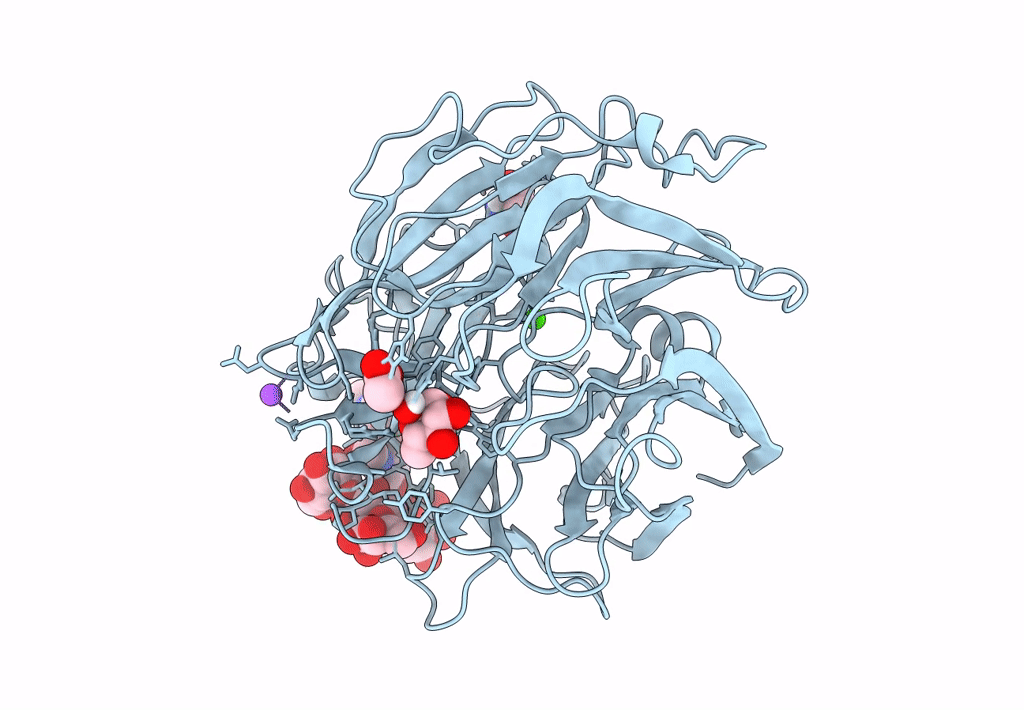
Deposition Date
2022-08-08
Release Date
2023-08-09
Last Version Date
2024-10-23
Entry Detail
PDB ID:
7YQS
Keywords:
Title:
Neutron structure of a L-rhamnose-alpha-1,4-D-glucuronate lyase from Fusarium oxysporum 12S, L-Rha complex
Biological Source:
Source Organism:
Fusarium oxysporum (Taxon ID: 5507)
Host Organism:
Method Details:
Experimental Method:
R-Value Free:
['0.16
R-Value Work:
['0.14
R-Value Observed:
['0.14
Space Group:
P 21 21 21


